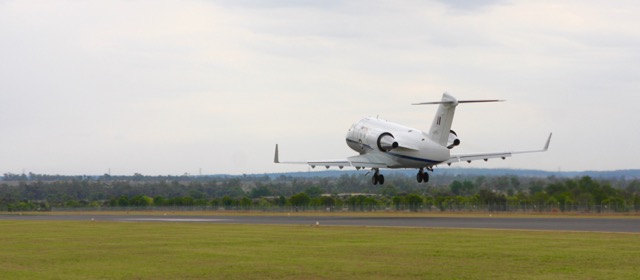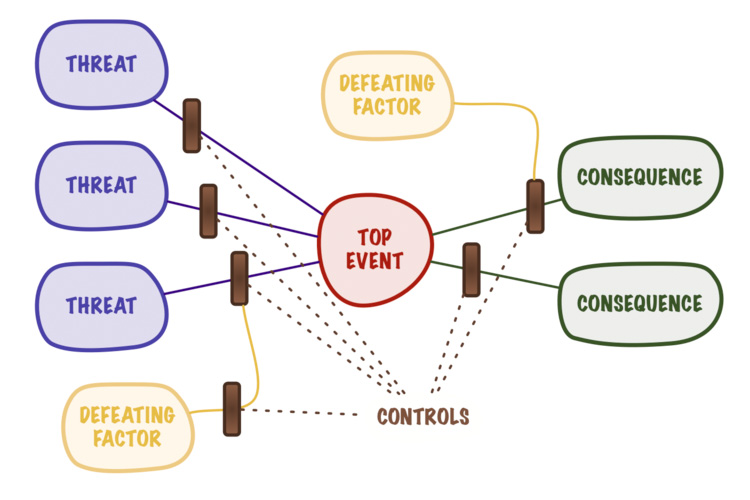
Posts about stuff relating to airports

Better Safety Risk Management: Uncertainty & Decisions
A lot of us have been doing aerodrome safety risk management for a while now. In that time, I’ve made a lot of mistakes and that means, hopefully, that I have learned a bit about risk management. So, I’d like to share some of my best lessons from being a regulator and practitioner of safety risk management over that time.
Image credit: Taryn Elliot via Pexels

Risk Evaluation Series
I have never really liked risk assessments that involve some vague calculation of consequence and likelihood. I have witnessed, and perhaps been involved in, many arguments about where to stick some potential or even past disaster into a limited matrix.
A couple of years ago, I had a whinge/thought experiment on an alternative method of risk evaluation. I enjoyed the use of the term Probability-Impact Graph, rather than Likelihood-Consequence Matrix, to create a little theme - see if you can guess what it was.
I’ve repackaged these posts and a follow-up post for renewed consumption below. Each image is actually a link to the post.

Bow-Tie Risk Assessment Series
A long time ago, I was deep into the bow-tie risk assessment methodology and over the years, I have never really left it. These posts were the basis of some great work I did a couple of years ago working with BHP Billiton which I will blog about in the near future.
Image Credit - (cc) Oleg Magni

Wildlife Risk Management Series
A long time ago I wrote a rather comprehensive series on wildlife hazard management within an ISO 31000 risk management framework. It was the launch series for the New Airport Insider website and quite a bit of work on my part - but I enjoyed it. So, I thought I would repackage it as a quick blog post with links to each article.

Seussian Safety Management
All three on my children have been brought into the world of reading partially through the works of Dr Seuss. I can't count the number of times I have read his books. As my kids have grown older, they have turned into the reader and read these amazing books back to me.
The Bike Lesson is one of my favourites for the very nerdy reason that towards the end of the book The Berenstains provide us with a short & succinct definition of safety. It's three simple stanzas that I think encapsulate modern safety management perfectly.

BTIII: Assessing Uncertainty
I can't lie to you. I have been turning myself inside out trying to get a handle on risk evaluation in the aviation safety sphere for close to five years now and I still don't feel any closer to an answer. And I say "an" answer and not "the" answer. Since you are always assessing risk in terms of your objectives, there can and will be multiple approaches to assessing the risk of the same scenario depending on whether you are considering your safety, financial or legal objectives.

BTII: Control-freak*
As a follow-on to my first post on the Bow-Tie risk assessment method, I thought I'd concentrate on controls (or barriers or whatever else you would like to call them). This is, after all, where all the action happens. Risk controls are how we spend most of our time - they are the practical aspect of managing risk.

Lessons from Taleb's Black Swan
Having just finished reading Nassim Taleb's The Black Swan, I initially thought about writing a not-so-in-depth assessment of the book's positive and negative points - but I'm not much of a book reviewer and a comprehensive critique is probably beyond my capabilities (at this stage). So, instead I thought I would focus on just a couple of the book's significant concepts and explore how they may apply in the aviation context.

BTI: Dressing up for Risk Assessments
I've been doing a lot of pondering on the Bow-Tie method of risk assessment for a project at work. Bow-Tie is a tool used by many, especially in the oil & gas industry, to create a picture of risk surrounding a central event. It's got a few positives and a few negatives but these can be overcome if you understand the limitations of the model being used.

As Low As Reasonably Practicable
It's another staple of the risk management diet but while I believe this one to be a completely valid concept, I can't help to feel that its being served up underdone. This time I'm talking about ALARP - As Low As Reasonably Practicable. To define ALARP, at least how I do, would probably negate the need to write the rest of this post. So let's just say that ALARP is the point at which any further reduction in risk would require resources significantly greater than the magnitude in the benefit gained*.
Image credit: Sam Willis (via Pexels)
